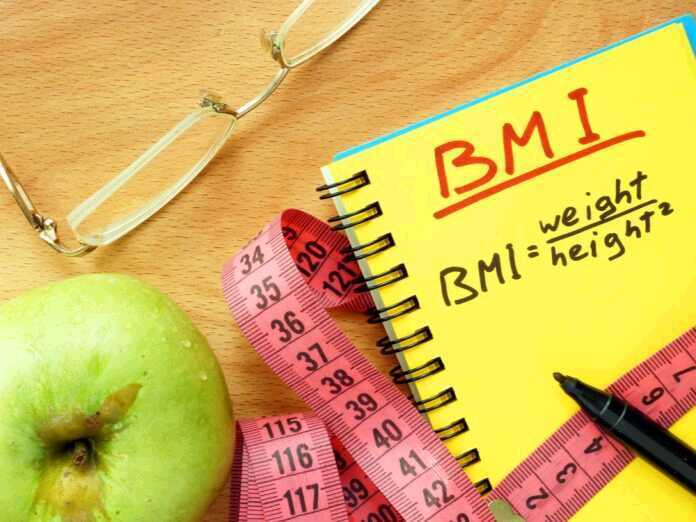
Are you actually overweight? What’s a healthy weight? How do you even tell? Whether you’re working with a dietitian, a personal trainer or you’re simply embarking on this weight loss journey on your own at home, it’s important to understand the pros and cons of different ways of measuring both your weight and your weight loss success.
Body Mass Index
Your body mass index (BMI) is one of the most widely used measurements of weight and whether your weight is healthy or not. It’s also one of the oldest, first arriving on the medical scene in the 1800s.
Your BMI is calculated using your weight and height. The U.S. Department of Health & Human Services has a helpful online BMI calculator so you don’t have to figure it out for yourself. Essentially, you are ranked as overweight if you have a BMI of 25-29.9, and you’re ranked as obese if your BMI hits 30 or higher.
Because the BMI standard have been around for centuries, it has some significant benefits, as well as big drawbacks. For example, BMI doesn’t factor in your other measurements. For example, height and weight say nothing about your muscle mass. Thus, a short but very heavy and muscular bodybuilder might get a BMI that tells her she’s obese.
Body Fat Percentage
To find your body fat percentage, you first weigh your total fat, then you divide this number by your weight. For men, anything higher than 25 percent is considered obese. For women, that cap is 32 percent.
Body fat percentage is helpful for identifying how lean and healthy you are, but its significant drawback is it’s very difficult to determine how much fat you have in the first place. Calipers are widely used, but very inaccurate unless used accurately and consistently, and more advanced tools (like medical imaging) are far too complicated and expensive for most everyday people.
Waist-Hip Ratio
Visceral fat, or the weight you pack on around your waistline, is some of the most dangerous in terms of health risks.
The waist-hip ratio can help identify whether your abdominal weight is approaching unhealthy levels. First, you measure your waist. Then, you divide it by the width of your hips.
What is “healthy weight” and “unhealthy weight” changes based on your gender. For men, anything from 0.9 to 0.99 means you’re at moderate risk, and anything higher than 1 means you’re at a high risk. For women, moderate risk measures in from 0.8 to 0.89, and anything about 0.9 is bad.

































